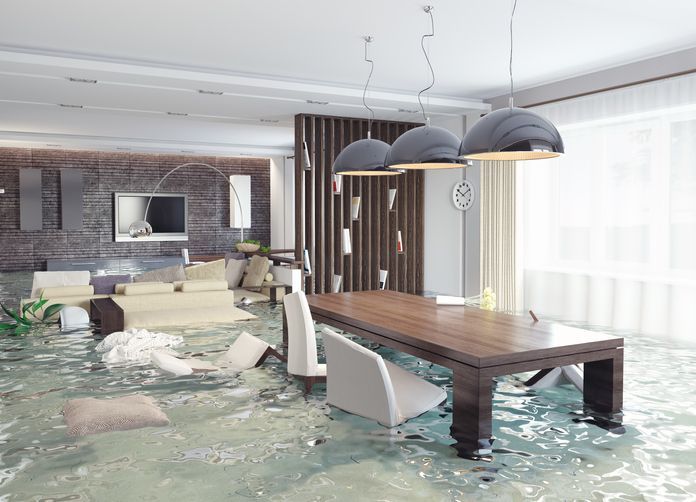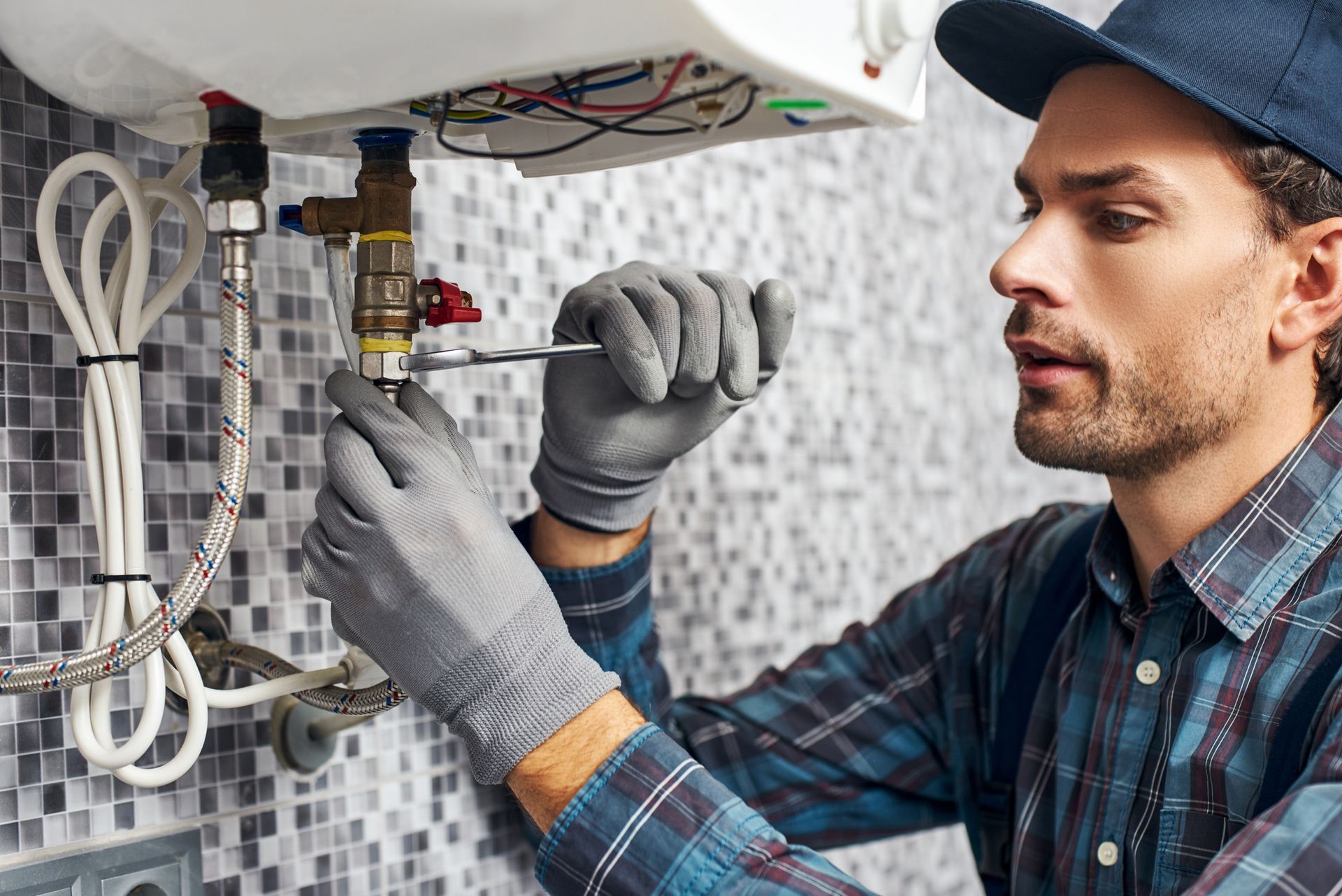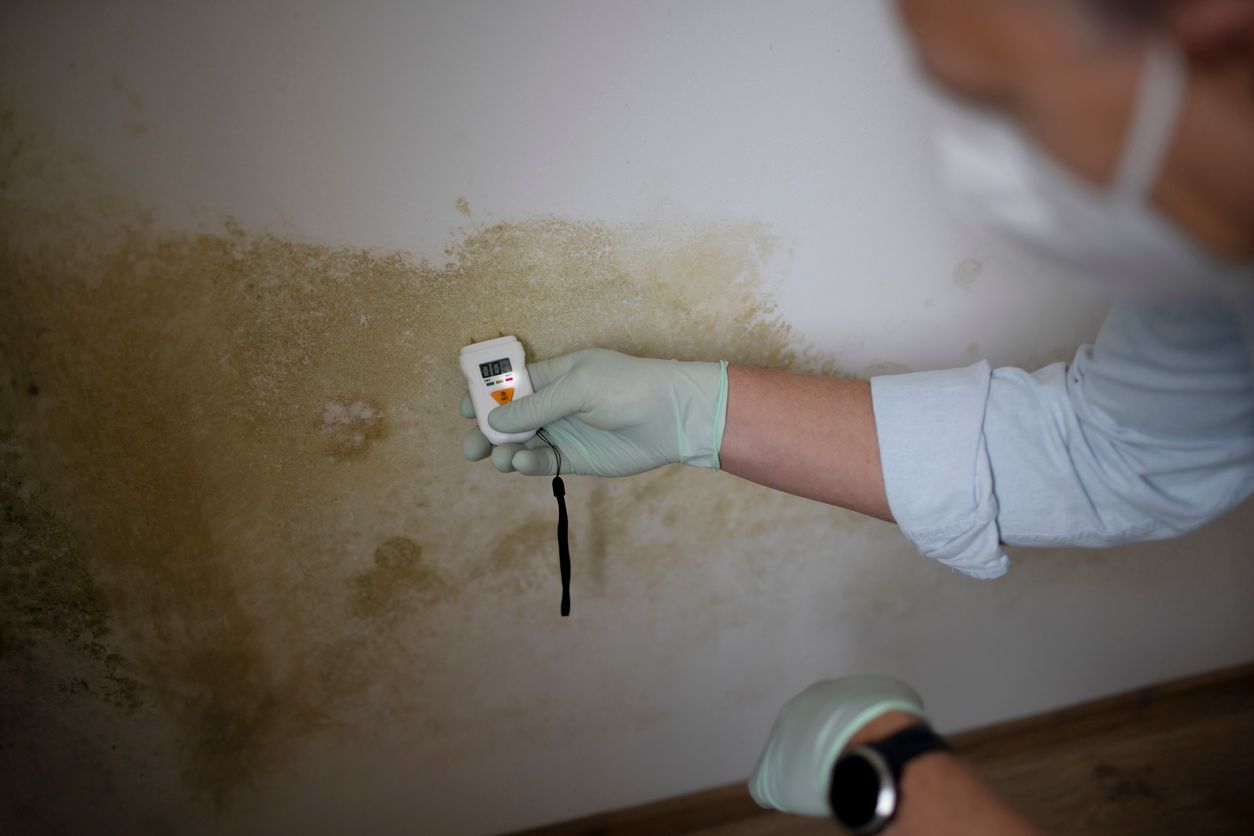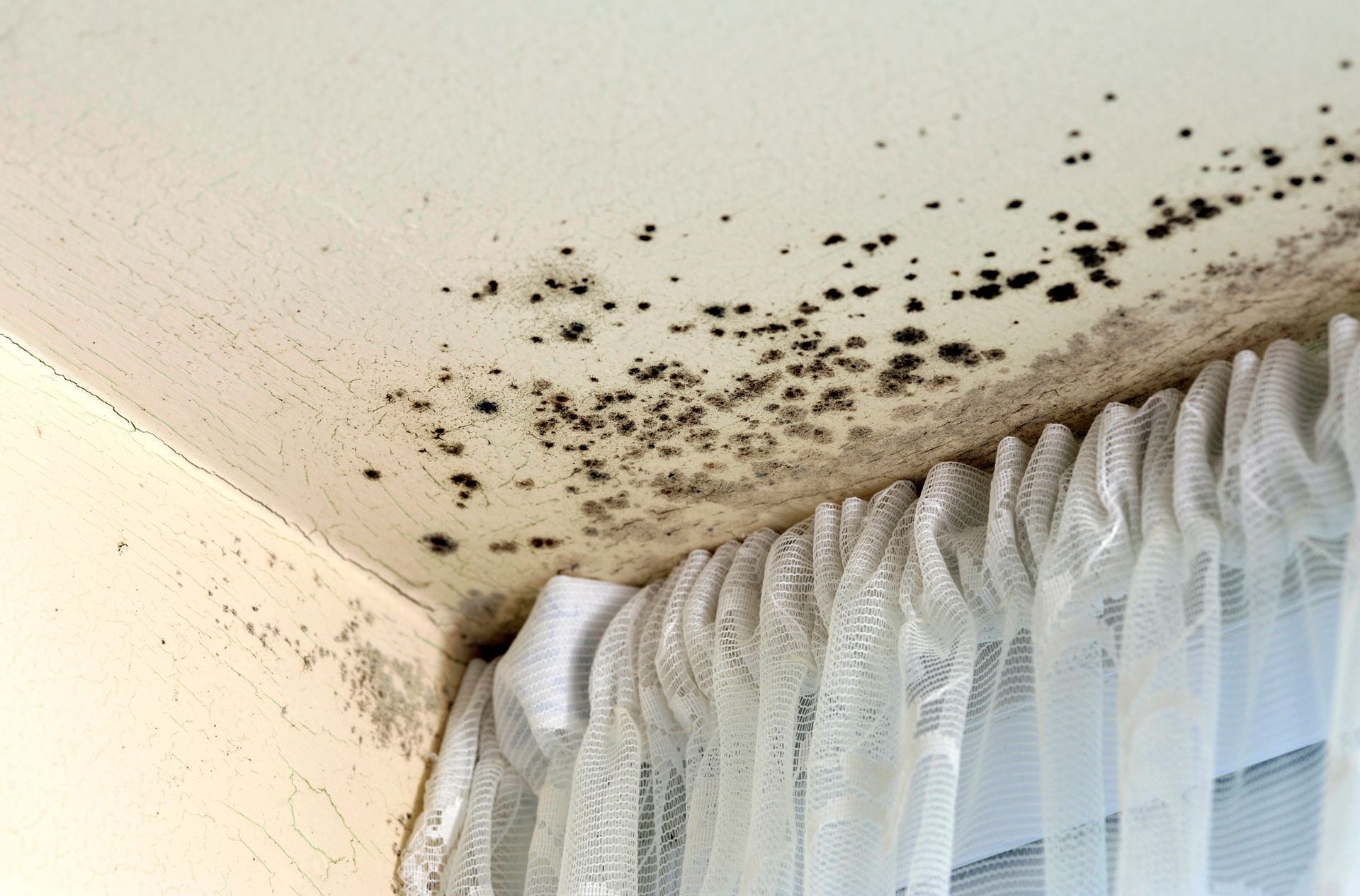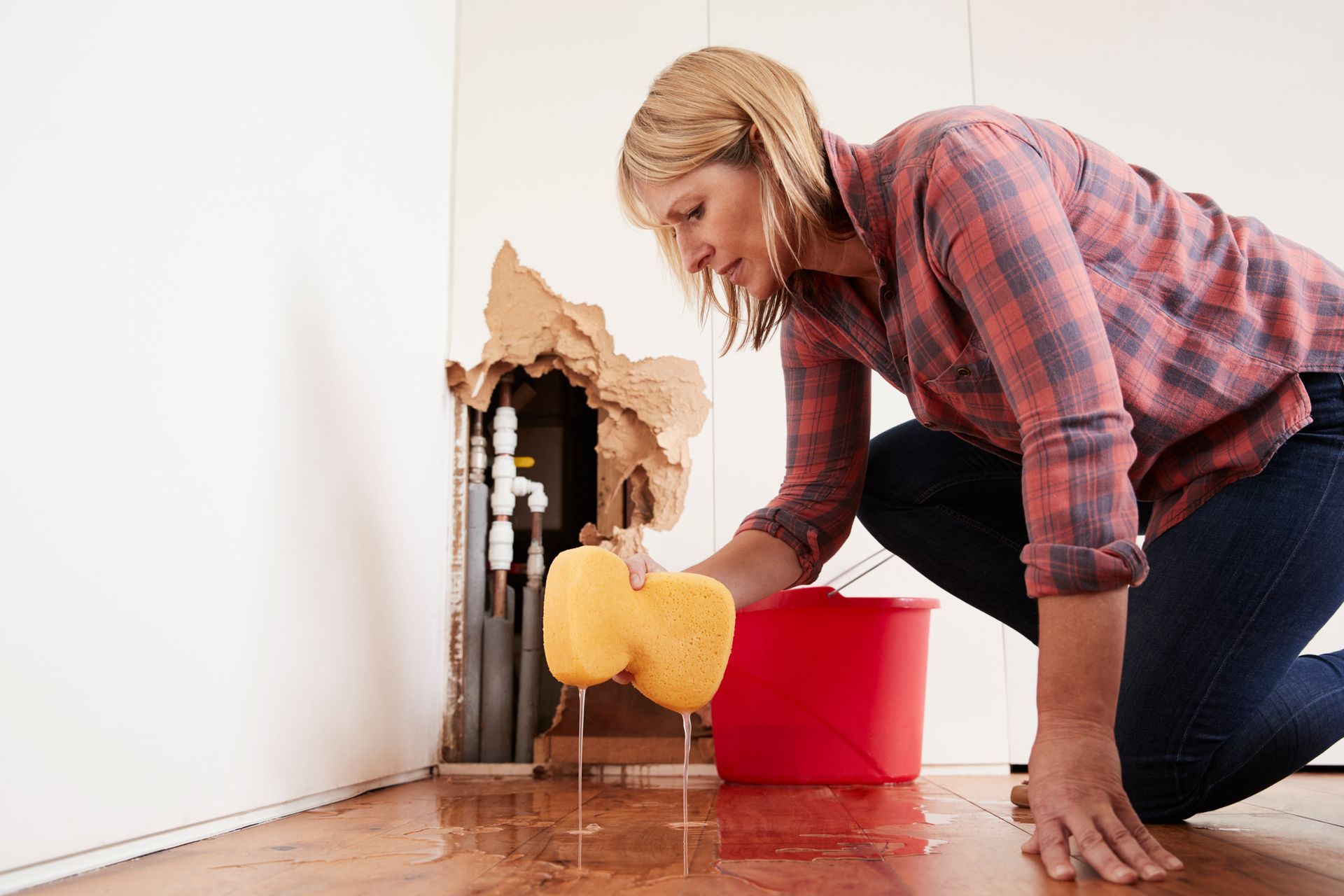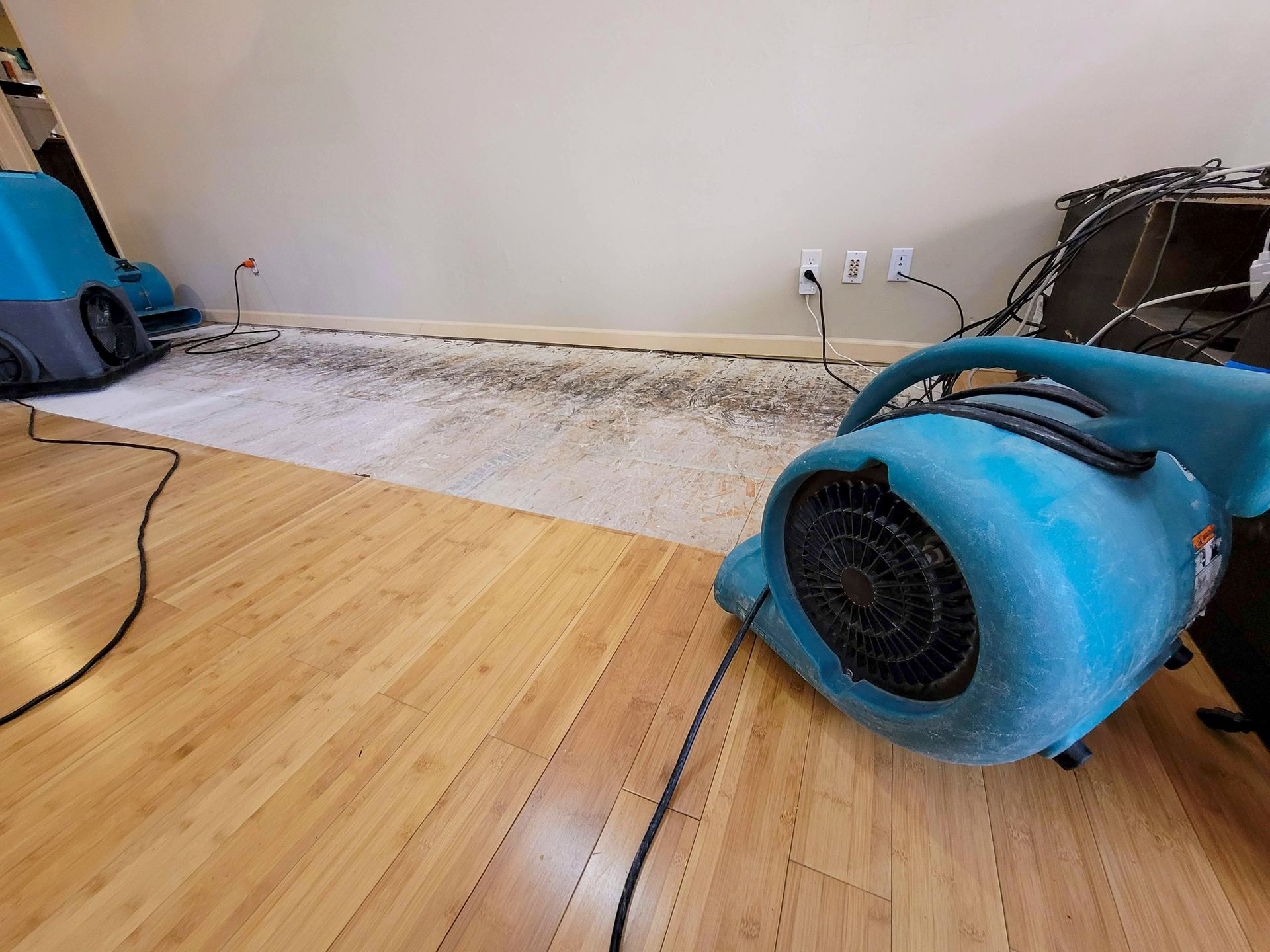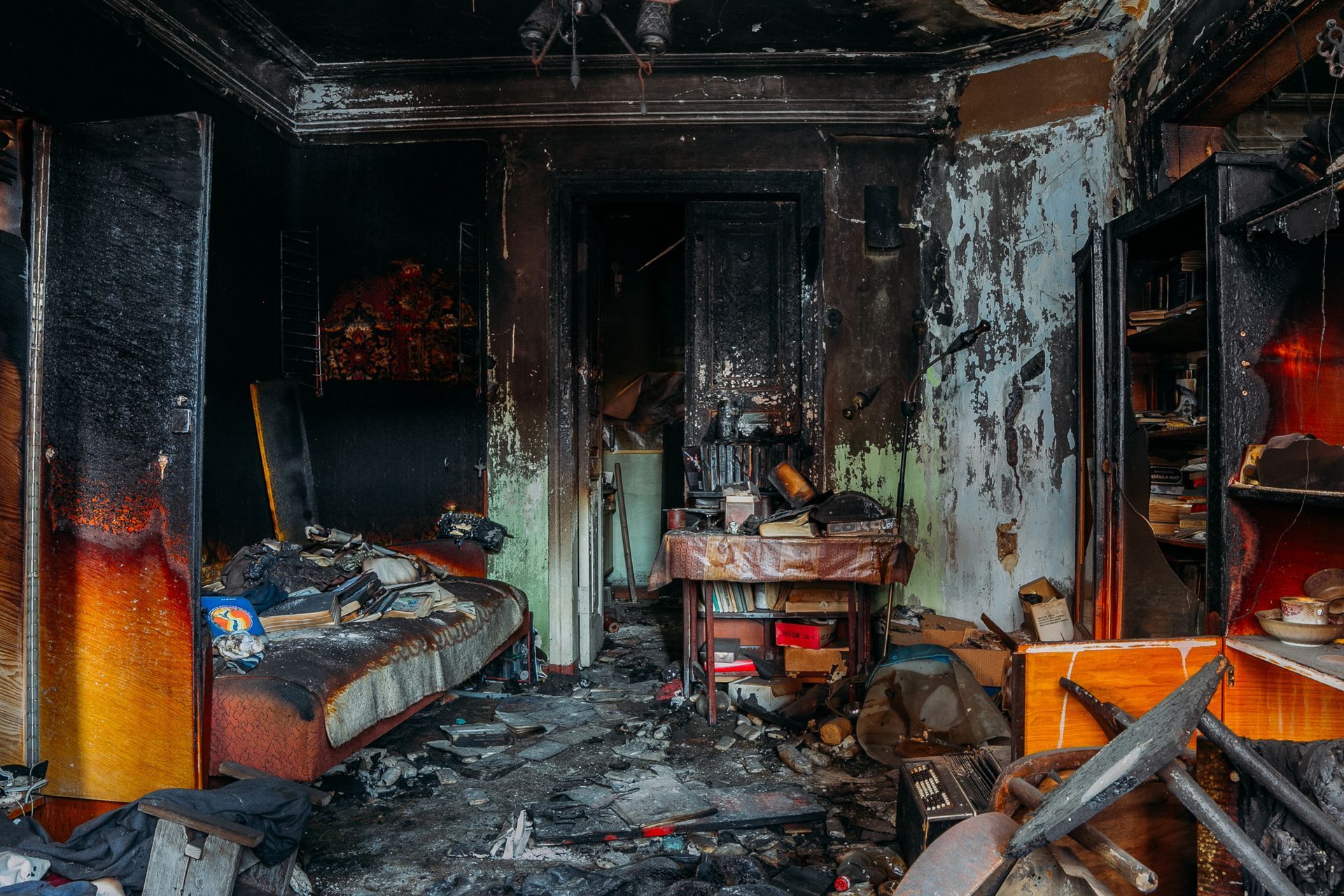Protecting Your Omaha Home From Winter Water Damage
Winter water damage can be a big problem
Winter can be beautiful, but it also brings unique challenges for homeowners. Freezing temperatures, heavy snowfall, and ice can increase the risk of water damage to your home. Understanding how winter water damage occurs and taking steps to prevent it can save you from costly repairs and stressful water damage restoration processes.
Common Causes of Winter Water Damage
Winter weather introduces a variety of risks that can lead to water damage. Here are the most common reasons homeowners need water damage restoration during the winter:
Frozen Pipes
When temperatures drop, exposed pipes can freeze and burst. The resulting water damage can be extensive, affecting walls, floors, and personal belongings. Homes with poorly insulated or exterior-facing pipes are especially vulnerable.
Ice Dams
Ice dams form when snow on your roof melts, refreezes at the edges, and blocks water from draining properly. This trapped water can seep under shingles and into your home, damaging ceilings, walls, and insulation.
Heavy Snowfall
A significant snow buildup on your roof can create pressure that leads to leaks or structural issues. Melting snow can also overwhelm drainage systems, causing water to pool around your home’s foundation.
Basement Flooding
Cold weather can exacerbate drainage problems, leading to basement flooding. Frozen ground prevents water from soaking into the soil, increasing the likelihood of water seeping into your basement after snowmelt or heavy rain.
Steps to Prevent Winter Water Damage
Preventing water damage during winter months requires proactive measures. Here’s how you can protect your home and avoid the need for water damage restoration services:
Insulate Your Pipes
Ensure all pipes, especially those in unheated spaces like basements or attics, are properly insulated. Use foam pipe insulation or heat tape to keep them warm and prevent freezing.
Maintain Your Gutters
Clear leaves, debris, and ice from gutters to ensure water flows freely. Properly functioning gutters and downspouts are essential for directing melting snow and ice away from your home.
Check for Roof Damage
Inspect your roof for missing shingles or damaged flashing before the snow hits. Addressing these issues early can prevent leaks caused by snow or ice dams.
Ensure Proper Drainage
Make sure your property slopes away from your home to prevent water from pooling around the foundation. Additionally, test your sump pump to ensure it’s functioning correctly in case of basement flooding.
Seal Cracks and Openings
Seal any cracks in your home’s foundation, walls, or windows to prevent water from seeping inside. This can also help keep your home warmer and reduce heating costs.
Monitor Indoor Humidity
Keep your home’s humidity levels in check to prevent condensation, which can lead to mold growth. Use a dehumidifier in problem areas like basements or crawl spaces.
What to Do if Water Damage Occurs
Even with preventative measures, winter water damage can still happen. If your home is affected, taking quick water damage restoration action is essential to minimize the damage:
- Shut Off the Water – If the damage is caused by a burst pipe, turn off your home’s water supply immediately.
- Call a Professional – Contact a trusted water damage restoration company to assess and address the issue promptly.
- Document the Damage – Take photos and notes before beginning cleanup or repairs.
- Dry Out the Area – Use fans and dehumidifiers to dry out the affected space, but avoid tackling major repairs yourself.
Water Damage Restoration - Omaha
Winter water damage can escalate quickly, so don’t wait to seek help. True North Restoration of Omaha Elkhorn specializes in water damage restoration, providing expert care to restore your home and peace of mind. Stay prepared this winter with preventative tips, and if disaster strikes, trust our team to assist you with precision and care.




